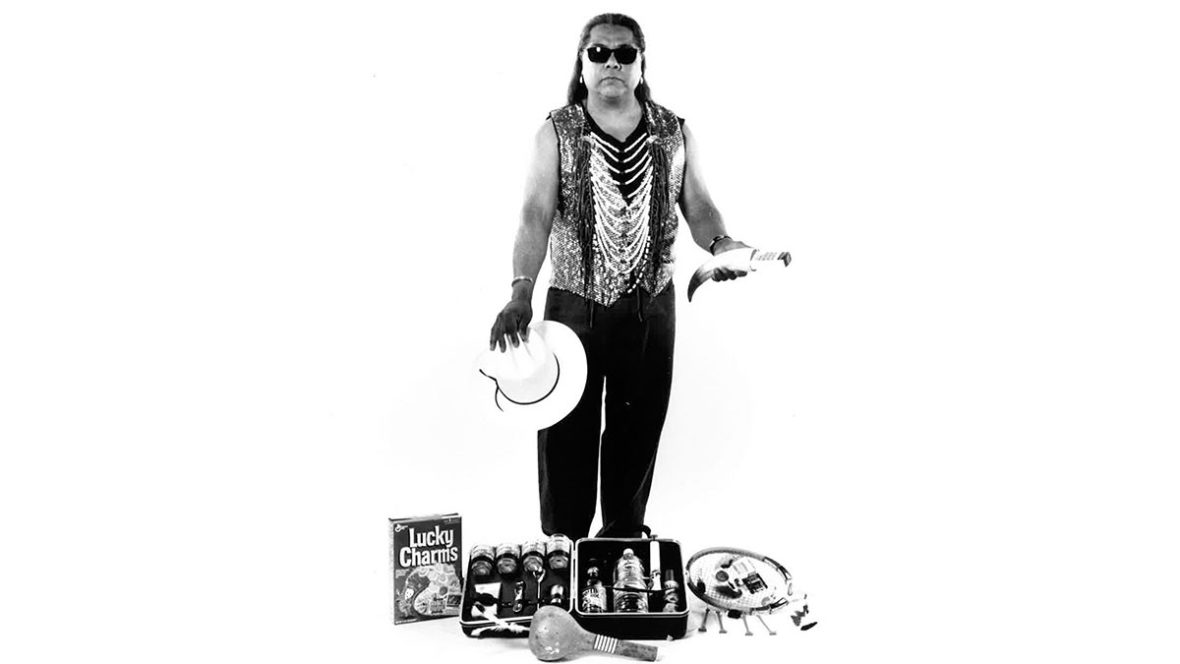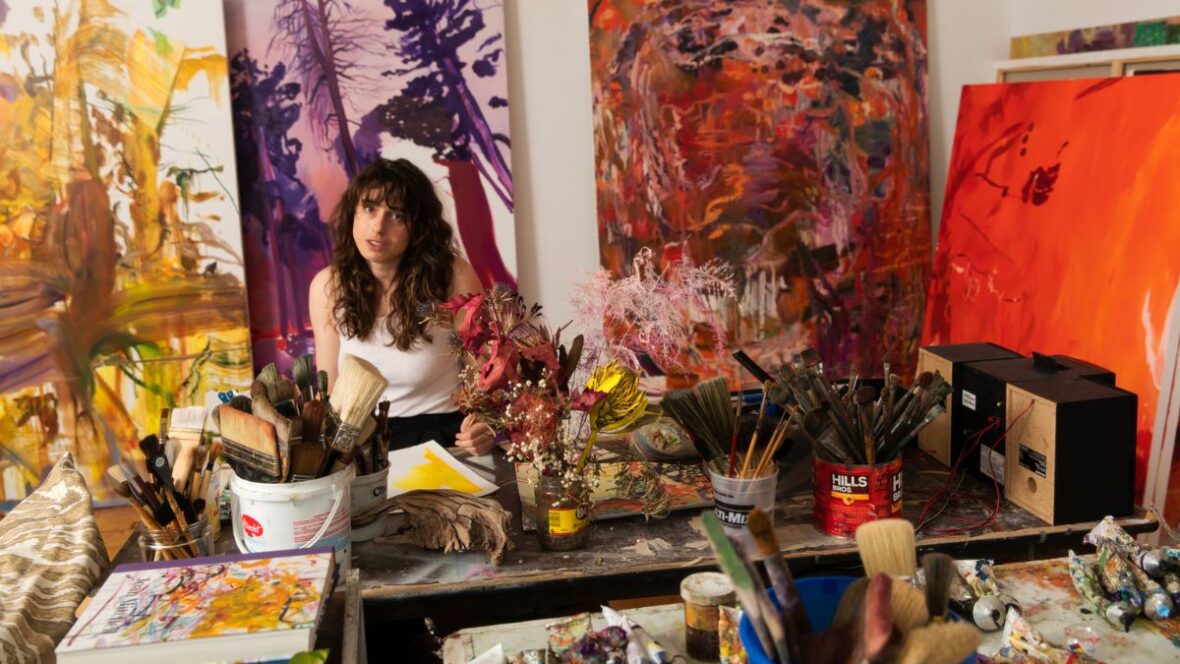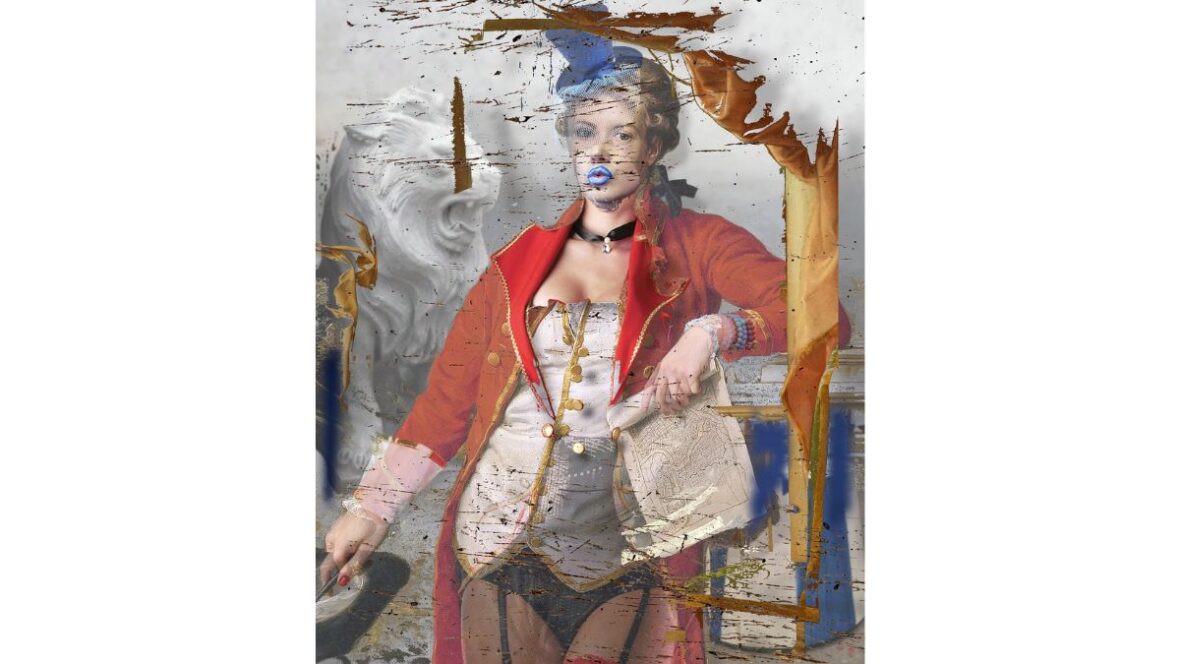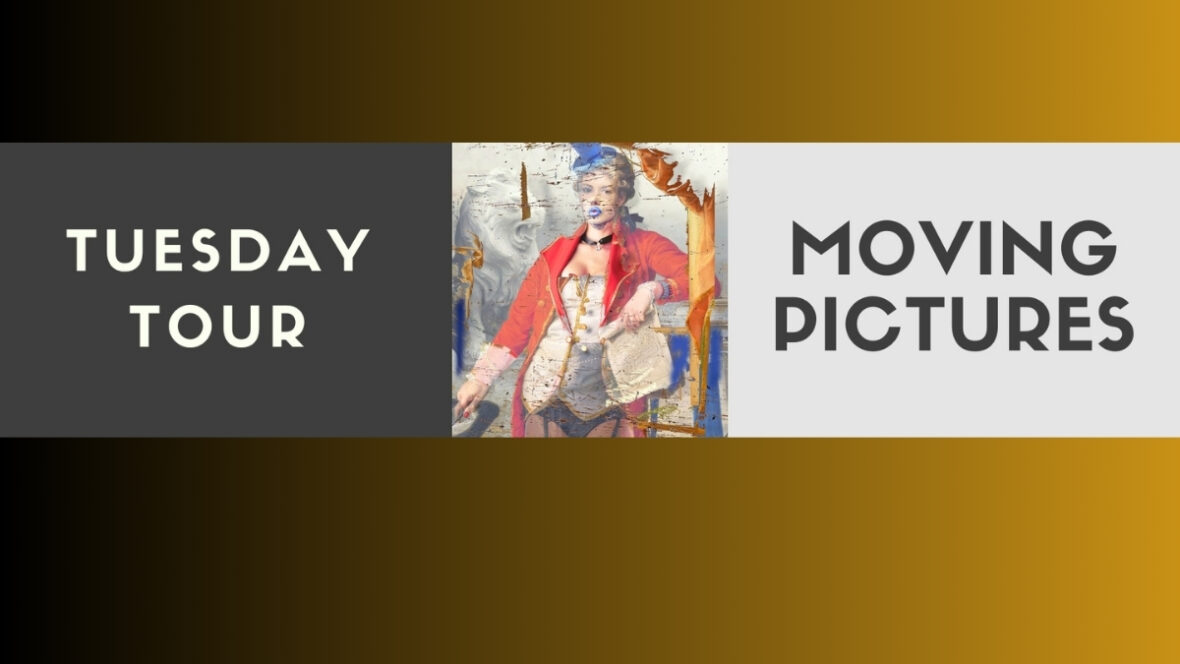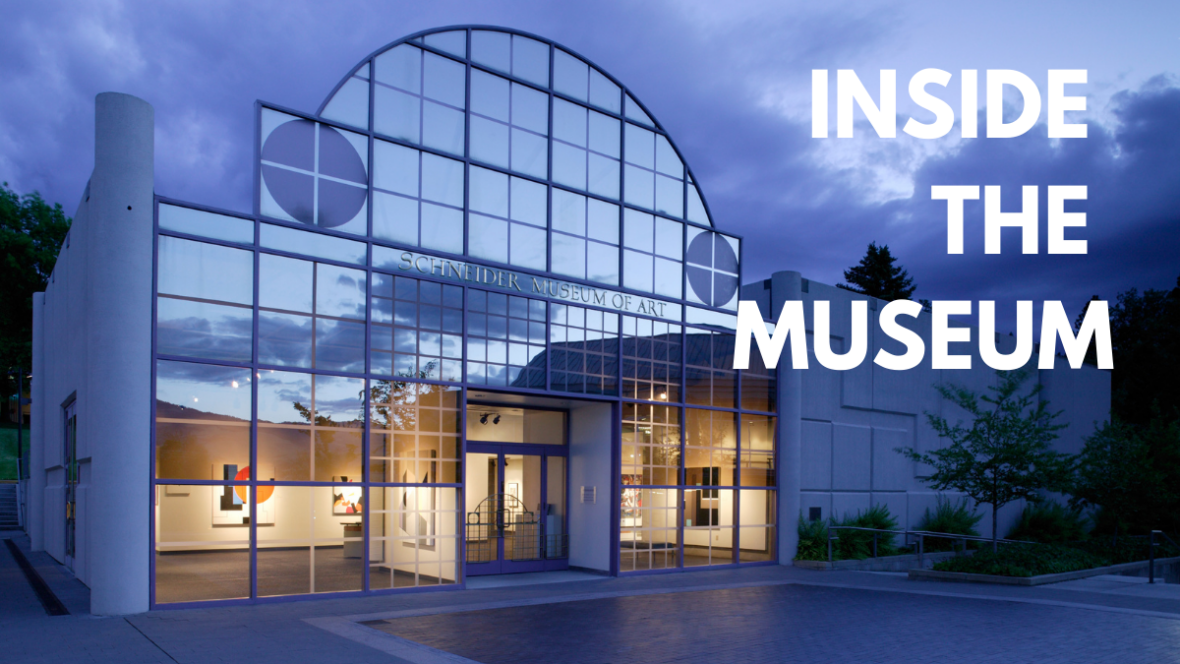James Luna:
The Tribal Identity
Artist Bio
James Luna is an Installation and performance artist based on the La Jolla Indian reservation in North County San Diego, California. His work critiques the mythology of what it means to be “Indian” in contemporary society. This work examines the ways that Native American culture has been transformed by forced assimilation into the dominant mainstream culture.
A sense of isolation while at the University of California in the 60’s created a need for Luna to explore his cultural background as an Indian; being half Mexican has complicated his search. Even though he was educated as a Western artist, Luna has a strong Indian affiliation and creates his art for his people first.
Luna created a confined space in his installation using hanging cloths and photos, colored lights, and found objects; it was “a place for people to come and think.” Turn of the century photos of Apache children, before and after residential schooling, stood in dramatic contrast to a current group portrait of local Indian youth who shift from typical mainstream garb to their preferred traditional Indian costumes. Freedom of expression and a new appreciation for cultural identity show how history can nun itself around.
Exhibition Statement
This multimedia installation theme was the survival and demise of a culture within a dominant culture. This work focused on contemporary American Indian Culture and its tradition and present form as shaped by forced assimilation.
The center pieces for the installation were archival photos from the turn of the century depicting Apache Indian youth in, before and after being relocated to a federal boarding school. The photographs show dramatically the effects of institutionalism where they have been made over in attitude, dress and spirit. They appear foreign in their new way. These photographs were juxtaposed in the gallery space with recent photographs of Indian students whose images are similar in appearance to the archival photos but not in historical context. The context here is ironic as the “before” photo shows them in “yuppie” present dress and the “after” photos show them in modern “pan-Indian-militant” dress. The message was that the youth of 1996 were striving to retain, relearn and express their tribalism.
The gallery walls were lighted in the “Sacred Colors” of red, yellow, black, and white. In front of the wall, hung large curtains which framed black and white photos suspended from the ceiling. In the center of the floor, four rectangular rugs formed a “Four Directions” symbol which are also the “Sacred Colors”. At the end of each of the four rugs were photographs of Luna’s work, Half Indian/Half Mexican, with the four rugs having a mirror for the viewing audience to participate in the work. Traditional Indian music and current pop music played quietly forming an unusual but compatible bond.
In this work the gallery space took on a ritual feel, a ritual that recognized the past and celebrated the present. The theme for this work was not just Indian history and cultures but the history of “subcultures” who have been, subjected to persecution and indifference by a dominant culture. Cultures that have been made to feel different and that are pressured to conform to the norm.
Artist
James Luna
